In Potosí I was lucky. ‘Cause we arrived just in time for the mining tour in the afternoon. Five minutes later and we would have been too late. So it was a very quick decision, which was good, as I did not have much time to think whether I should do the tour or not.
Potosí is dominated by the Cerro de Potosí which is also called Cerro Rico (rich mountain) because the mountain contained a lot of ore and silver. It was the major source of silver for the Spanish Crown back in the 16th century. Today, the mines are much emptier. Still, 10000 miners are working in the Cerro Rico today to find the remaining silver veins. And it is possible to get a guided tour into the mines.
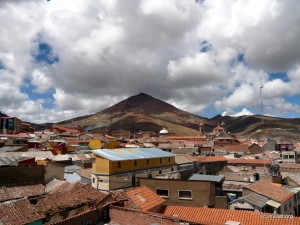
Which was a shocking experience for me. The working conditions are inhuman. As Potosí is one of the highest town on earth (4090 meters), the air is already thin outside of the mines. Inside you have to add temperatures up to 40° Celsius and a LOT of (arsenic) dust due to the explosions. Which makes breathing extremely difficult, especially as their is no fresh air supply (aside the natural ventilation). Furthermore, there are no securtiy measures at all. The galleries are very small. Often, we had to crawl on all fours to pass. A lot of the wooden support structures look broken. You don’t have light aside the headlight on your helmet.

In these conditions, the miners work for 10-16 hours each day. Without food, because the dust would make eating too unhealthy. So they just drink water, juice and alcohol. And they chew coca leaves to not feel the hunger. A lot of fatal cave-ins happen each year and the statistical life expectancy is very short, most of the miners die from the black lung disease by the age of 35-40. Even worse, a lot of the miners are children. They start during school holidays and never return back to school, ’cause they earn relatively much when working in the mine. Money that is often needed to support their families. The work is done without any technical help, just by muscle power, hammer and chisel as the air for pneumatic hammers is too expensive and only used, when they find a very rich vein that needs to be exploited before another miner gets on it.
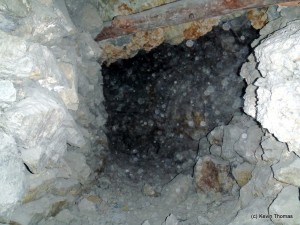
After getting a boiler suit, helmet, boots, and headlight we went to the miners market to buy some presents for the miners: Juice, dynamite, coca leaves. Afterward we drove to the mine and got in the small tunnel. After a visit to “El Tío“, the lord of the mountain, where we asked for a safe day, it was time to descend to a deeper level some 60 meters below the surface. Seeing the small hole we were supposed to crawl down and having already difficulties with breathing, I was very close to return, ’cause I was really frightened. However, Kevin persuaded me to give it a try. Thanks Kevin for this encouragement and your support through the mine! On the way, we met several miners. One was drilling holes for the dynamite in a deep hole. He was already working for eight hours and was very exhausted, one could feel, that it was even straining for him to answer our questions. And he had six more hours to go.
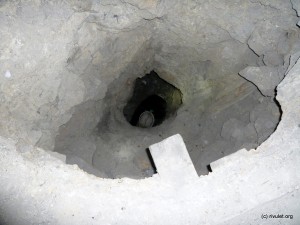
After exploring some galleries down there we slowly made our way back… and I was grateful when we reached the exit after quite a while. El Tío was gracious to us.
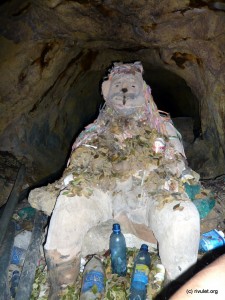
After the mine we visited a processing plant. A lot of chemicals are used to extract the silver. I could see no environmental standards at all. The waste water (together with the chemicals in it) just flows out of the plant, presumably into the next river. The Bolivians do all the hard work in the mines but don’t have the technology to produce a very clean silver. The plants in Potosí are only able to enrich it to some 60-70%. These stuff is then exported, further enriched in countries in Europe or Northern America and Bolivia has to import the final products for a lot of money.
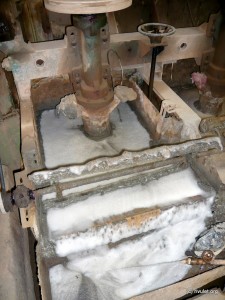
That’s it from the mines, next update from Uyuni.
A shocked Michael
PS: If you want to know more about the mines in Potosí check out “The Devil’s Miners“, a documentation of two young boys working in the mines or the informative web page from “Independent Lens“.
By the way: You won’t find pics from the worst sections ’cause there I was busy with passing them and trying to stay calm.
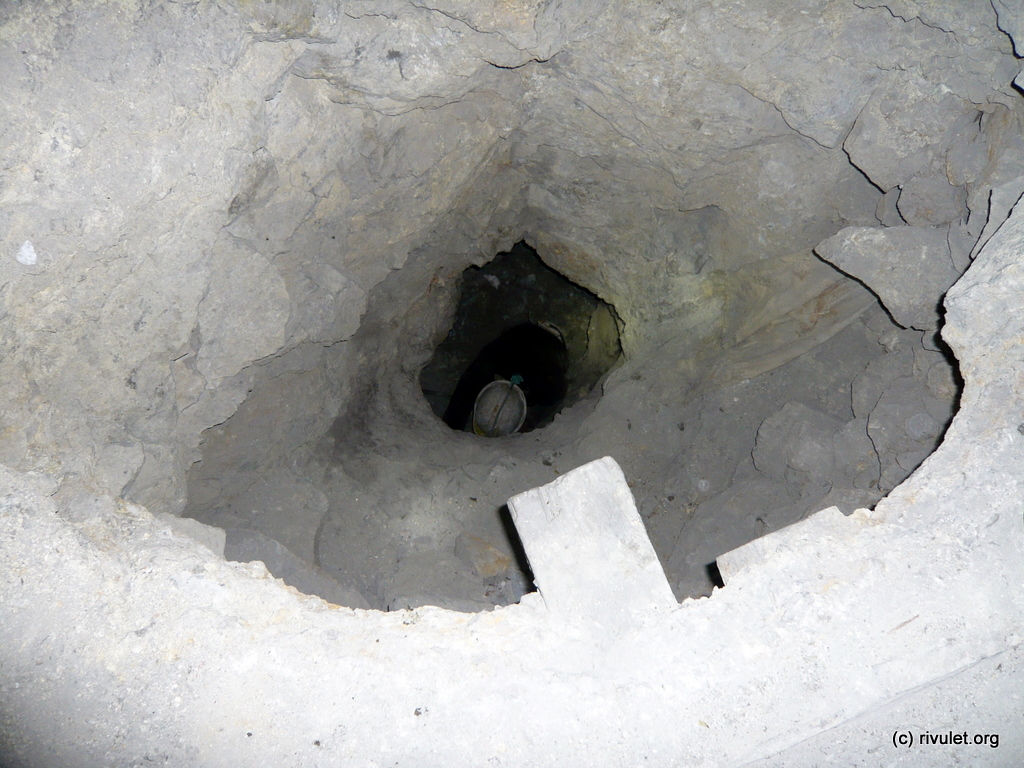
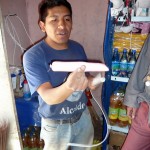
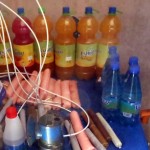
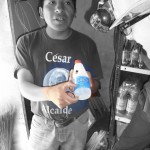
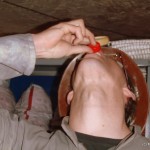

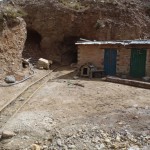
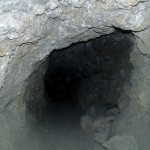
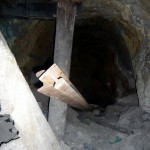
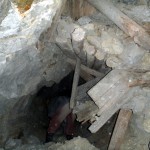
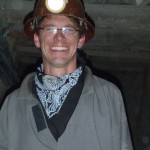
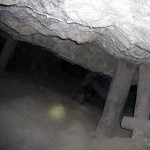
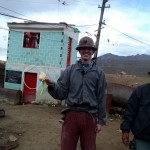
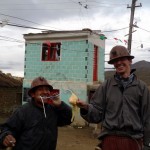
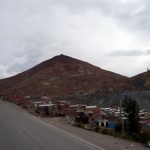
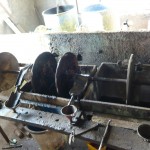
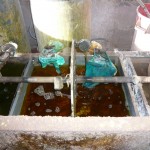

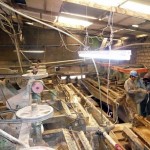
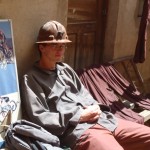
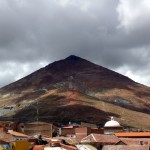
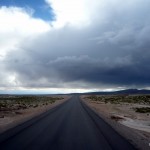


Comments